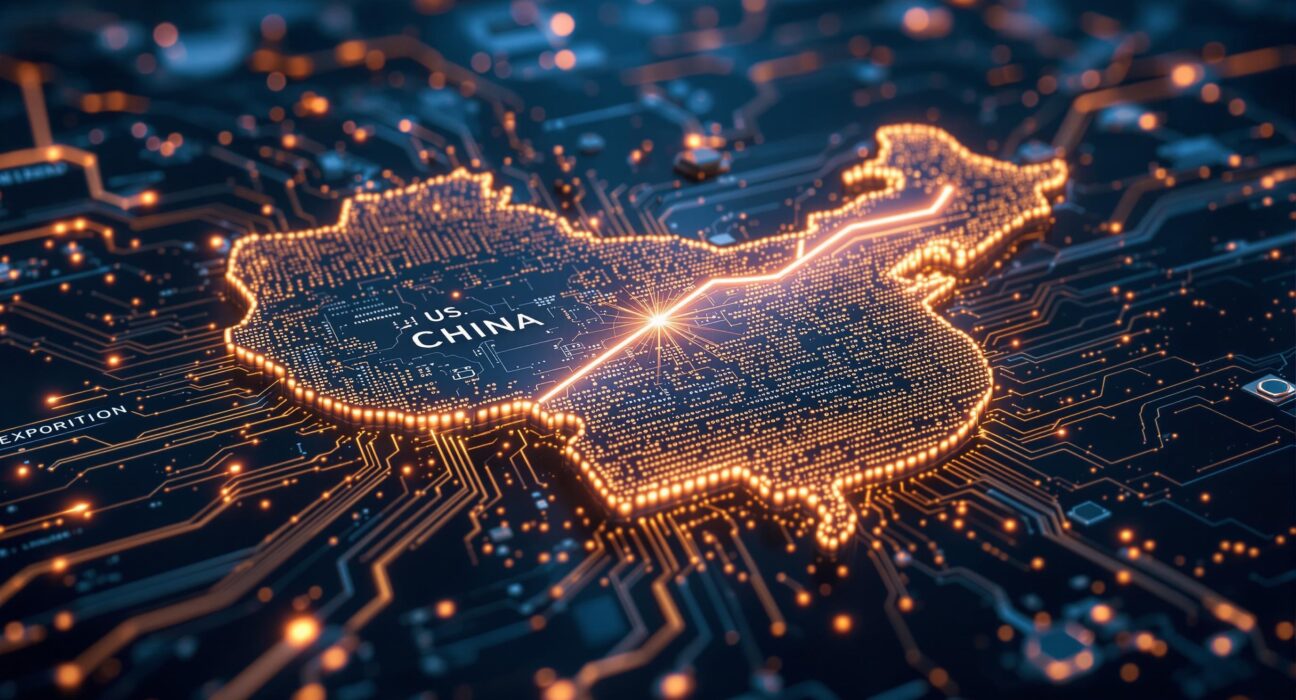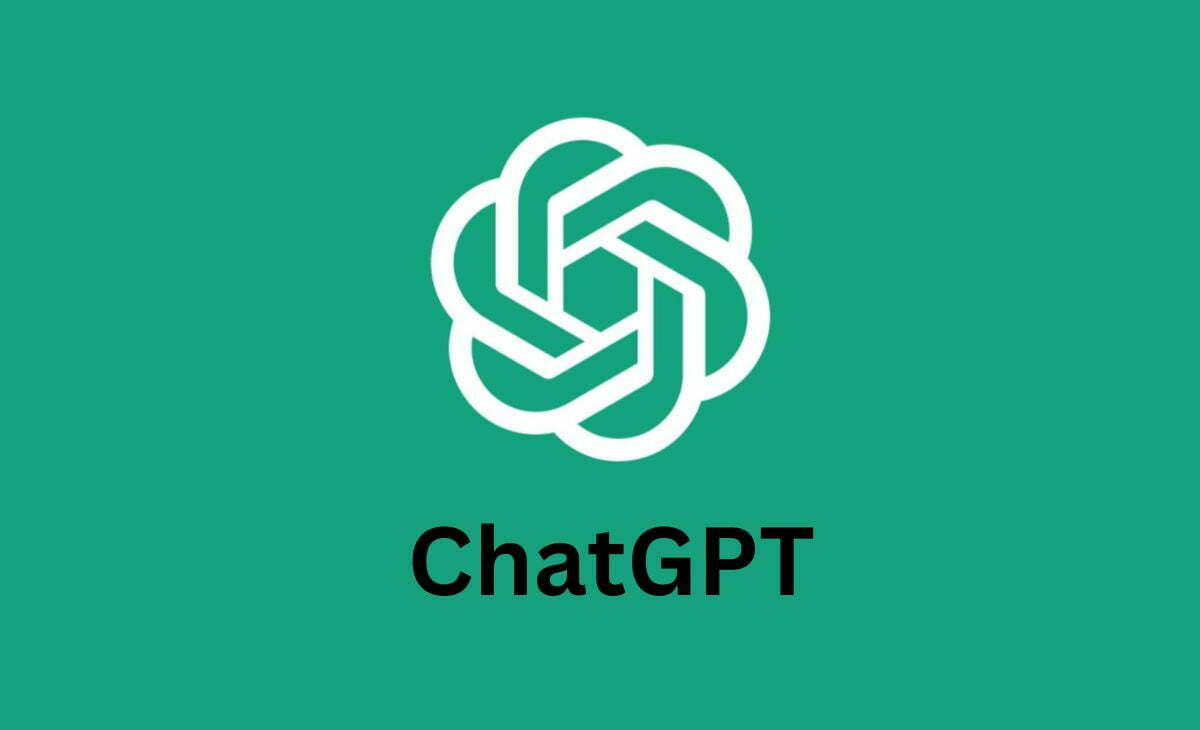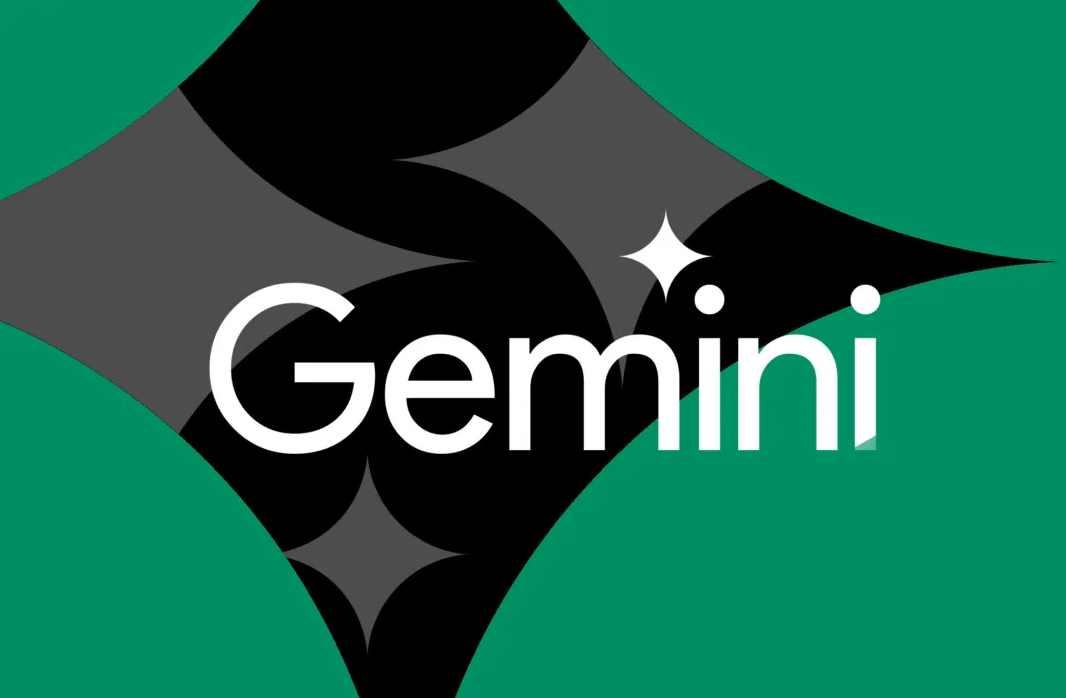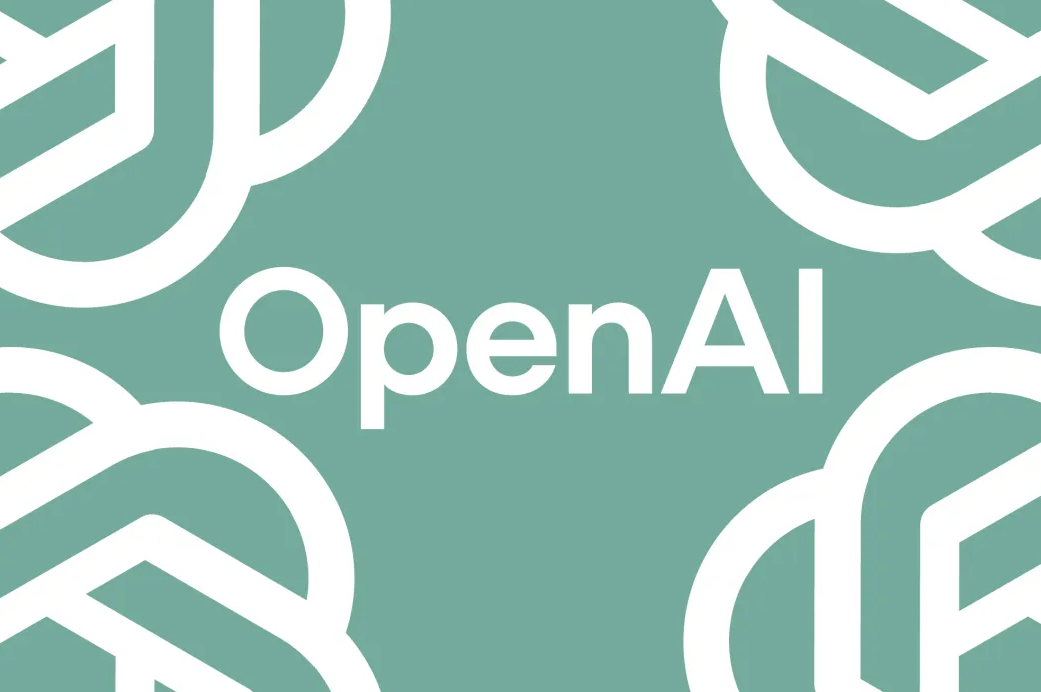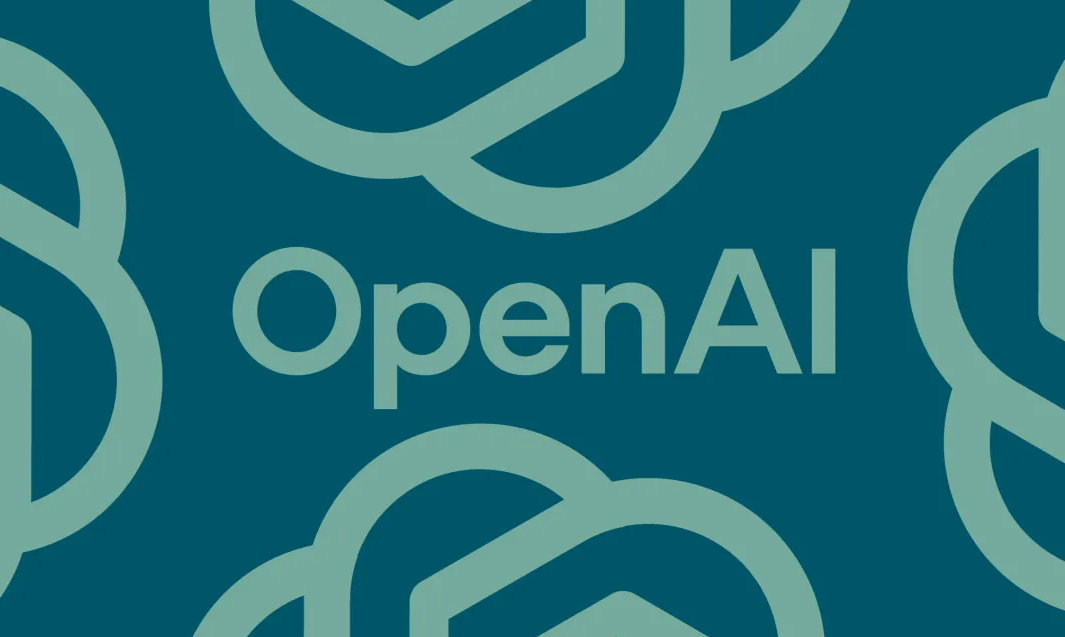During the World AI Conference held on July 28, 2025, in Shanghai, several leading Chinese technology firms presented two national alliances aimed at diminishing dependency on foreign AI infrastructure as restrictions on U.S. chip exports are expected to tighten. The first coalition or initiative is referred to as the Model‑Chip Ecosystem Innovation Alliance, which aims to combine organizations developing essential AI chips (e.g. Huawei, Biren, Moore Threads) with organizations developing large language models (StepFun, SenseTime, and MiniMax) in order to create components (say, chips), models, and infrastructure as part of a complete internal supply chain.
The second coalition is an alliance initiated by the Shanghai General Chamber of Commerce AI committee to promote the full integration AI technology into transformation of industry. The companies involved include: SenseTime, MiniMax, Metax, and IIluvatar CoreX.
While at the conference Huawei presented its cloud computing CloudMatrix 384 system using its 910C 384 chips that had comparable performance, in some parameters, to Nvidia's GB200, using a clustered system approach to processing performance. Other companies, including Metax, demonstrated high‑performance clustered AI supernodes for data centers.
Also on display during the conference were Tencent's ability to construct a 3D World Model, capable of generating simultaneous immersive environments, Baidu's "digital human" livestreaming technology, and Alibaba's upcoming AI Quark Glasses, which blend navigation and payment functionality, all while the trend seemed to indicate that China would close the gap on indigenous AI innovation very quickly.
This joint venture signals China's strategic shift toward developing an AI ecosystem that is not dominated by Western control, motivated particularly by the U.S. export limits on advanced GPUs. It is an important step in terms of technology in the world and Beijing’s commitment to technological independence.
